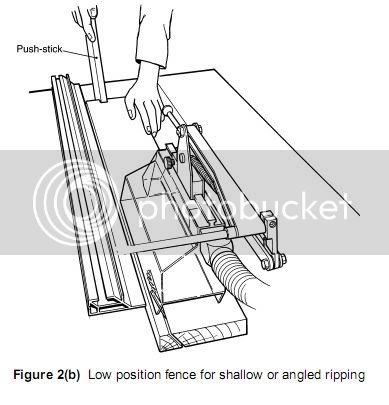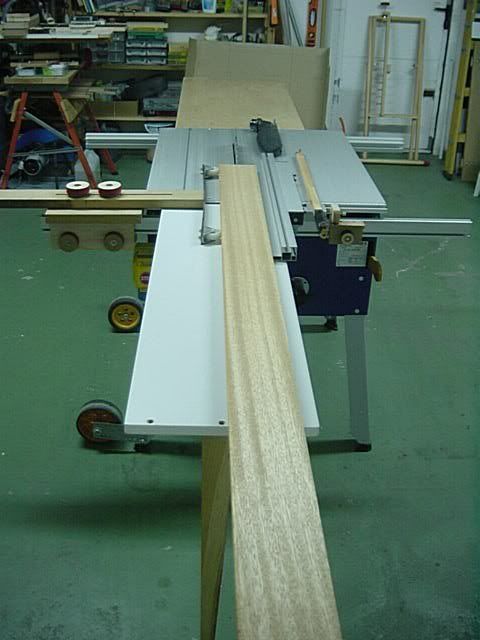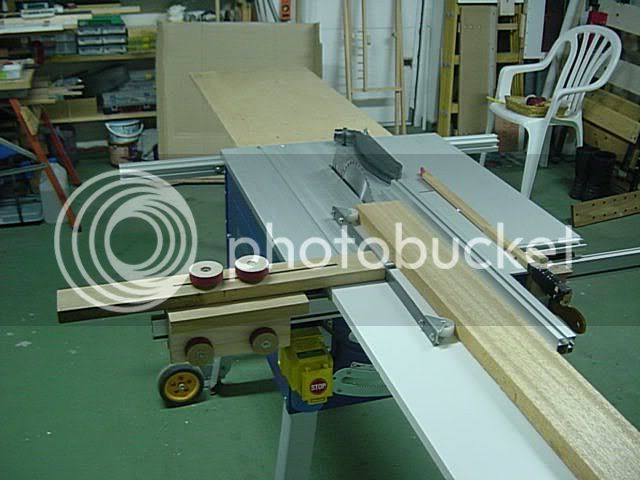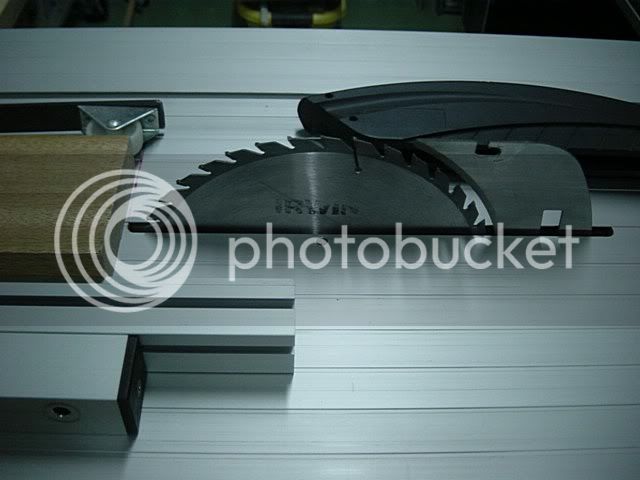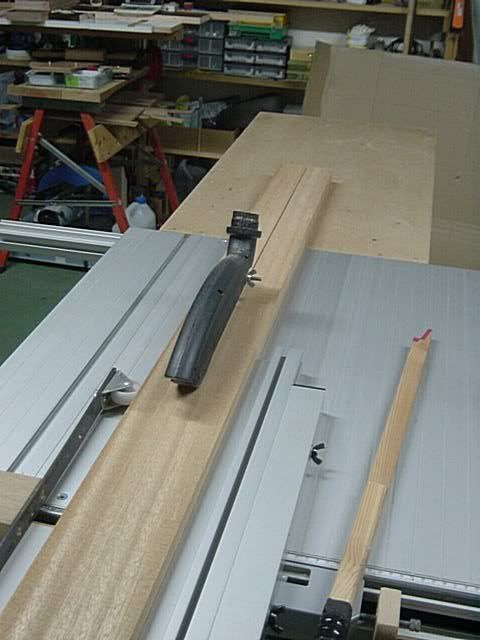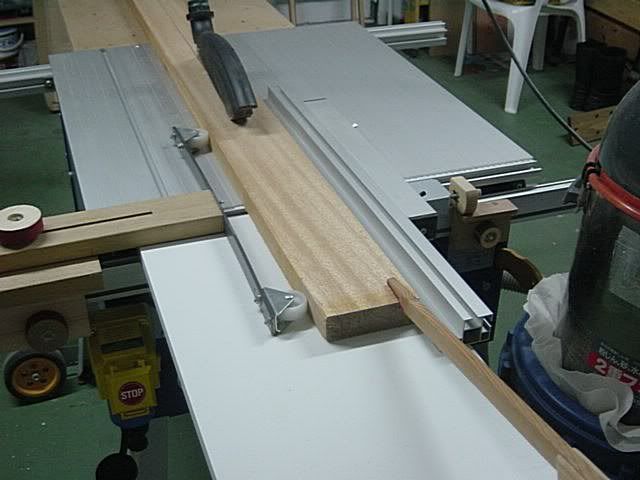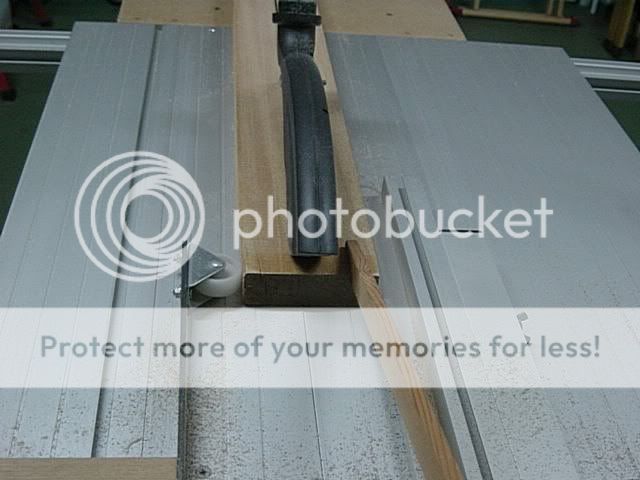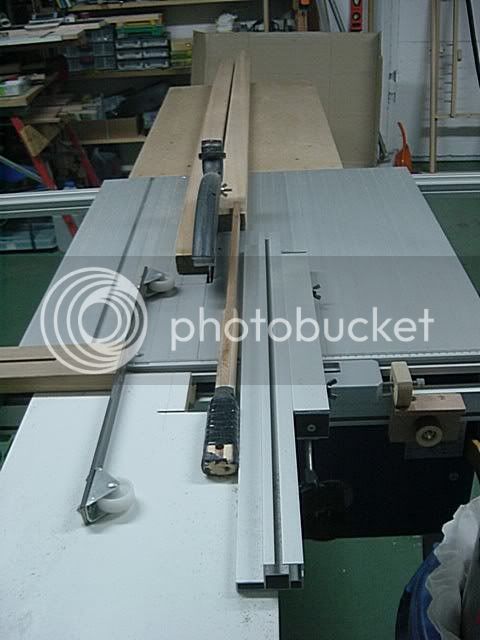woof
Established Member
Pretty embarrassed admitting this, but my last two projects I have been struggling to rip anything straight on the tablesaw.
I am using the auxillary fence on the axminster cast iron tablesaw AW10B2. WHen I line up rip boards for glueing, the middle and most of the length of the boards meet nicely, but the start and end are slightly shorter and need considerable pressure to get the panels together. Guess this means the wood is drifting from the blade at the start and end of the cut.
Is this due to:
1. Wrong technique? Am I pressing unduly against the fence at start and end of cut?
2. The auxillary fence - maybe I should stop using this and remove and just use the full table length fence
3. Incorect set up. I havent checked the alignment of blade/fence recently, but I find it hard to think that this could lead drift at start and end of boards.
4. Wood tension. This is what I though at first as I tend to mostly cut oak. However, last weekend I was cutting some old pine - with same results.
Help!!!!!
Confused from Sussex





